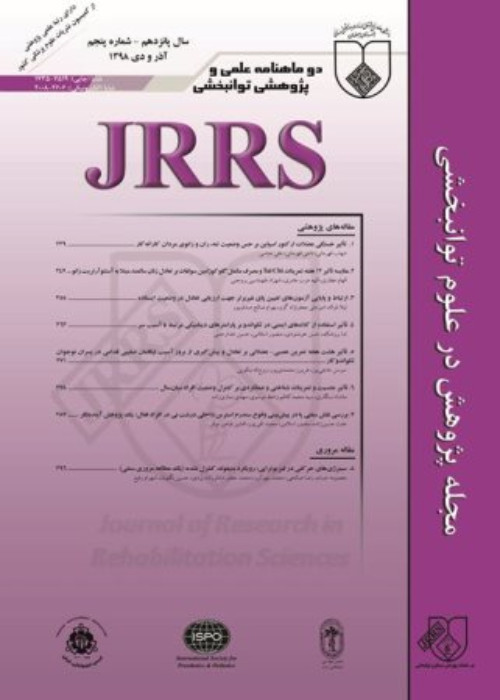Comparing the formant frequencies of three Persian long vowels produced by cochlear-implanted and normal-hearing children
The feedback provided by auditory apparatus equips normal hearing people with an important controlling mechanism over the speech production processes. The speech of hearing-impaired children is both perceptually and acoustically abnormal. This study tried to compare the formant frequencies of three long vowels in Persian-speaking children who used cochlear implant and those who were of normal-hearing ability.
20 Cochlear-implanted (CI) children and 20 normal-hearing children with the age ranged from 5 to 10 years participated in this study. All participants were native speakers of Persian who were asked to produce prolonged vowels /i/، /u/ and /ɒ/. The averaged F1 and F2 were calculated for each examinee using Praat software (version 5. 3. 13). Independent t test was conducted to examine the possible differences thatF1 and F2 values and F2 to F1 ratios may have in the two groups.
Study results revealed a relative increase in the F1 mean values of all the three vowels produced by CI children. This difference was، however، significant only in the first formant of vowel /i/ (P = 0. 011). The mean values of F2/F1 ratio for vowel /i/ showed a statistically significant difference between the two groups (P = 0. 01).
F1 formants are increased in cochlear-implant children. This condition might be due to a process in which the lack of auditory feedback is compensated by the proprioceptive feedback that is provided through the exaggerated articulation. The changes in F1 and F2 imply a reduced vowel space، in other words، vowel space is slightly centralized in CI children.


